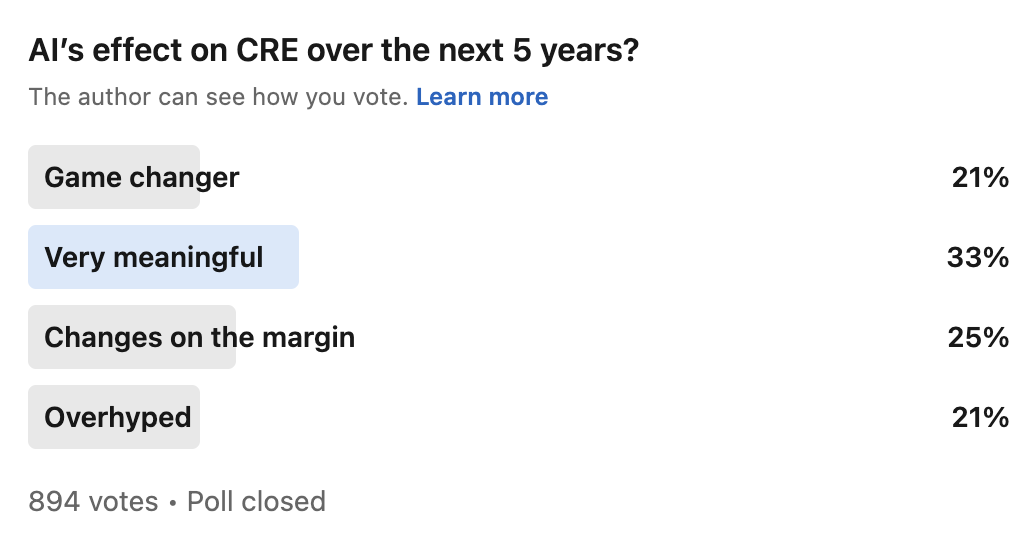
“How Blackstone Sprinted Ahead of Its Peers in AI” excerpt from Institutional Investor…
For Blackstone, its last-mile logistics warehouses are both the showpieces of its high-conviction, thematic investing strategy and the most voracious users of its burgeoning AI tools.
These are properties leased by Amazon and other e-commerce retailers as distribution centers for the final stage in the delivery of products to consumers. Blackstone began buying warehouses in 2010 and soon noticed that e-commerce firms were leasing these spaces at a frenzied pace. Over the next 13 years, Blackstone amassed $175 billion worth of warehouses worldwide, making them its single-largest asset class.
Not only was demand for warehouses growing, but so was the variety of business customers. It became necessary for Blackstone to create an in-house firm, Link Logistics, in 2019 to manage a half-billion square feet of warehouses and service 11,000 customers ranging from e-commerce giants to small family businesses.
Blackstone soon discovered that the long-reliable Excel spreadsheets weren’t quick enough to make the myriad decisions on pricing and demand forecasting or to pick up near-term and seasonal business trends. So Blackstone placed a team of data scientists in Link who built a centralized, AI-powered algorithm to drive all pricing decisions across its logistic assets in the U.S.
To feed its AI tools, Link counts on a mammoth amount of proprietary data gleaned from existing leases on its thousands of buildings. AI then determines instantly how much warehouse space a customer needs for a million beer cans or a dozen scooters, how far away the warehouse is from a FedEx or UPS hub, what the closest airport or ship harbor is, and how much it’s going to cost the customer.
“AI has allowed us to draw insights from all that data in a way we could only do with that kind of computing power,” says Link CEO Luke Petherbridge. “And if this were baseball, we’re only in the first or second inning.”

COMMENTS